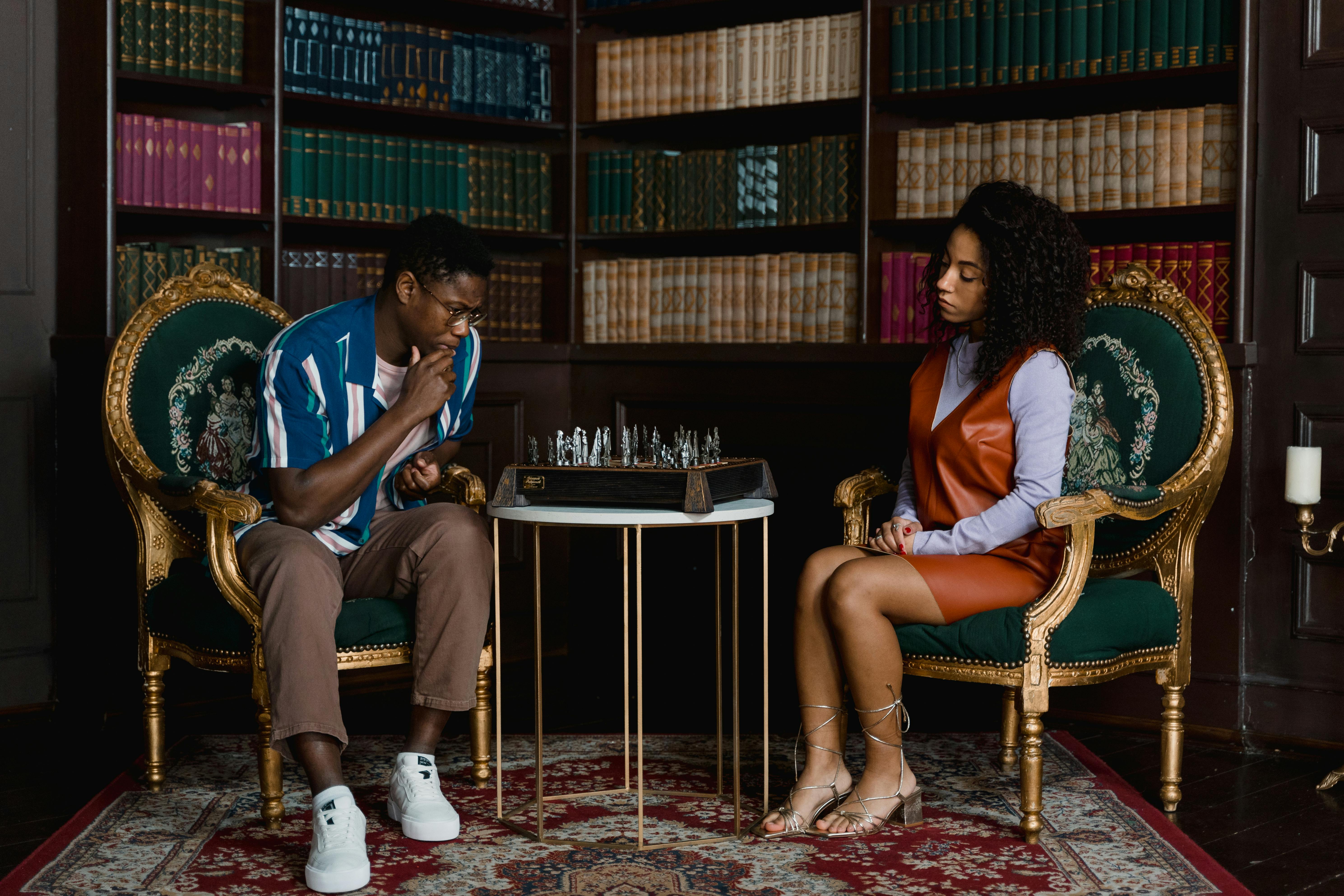You’ve probably heard it before, but it bears repeating … the best way to know if a monitor is right for you is to see it in person. Specifications are a great tool for narrowing down your options, but they are not a substitute for hands-on experience. Many large resellers stock a wide range of monitors and some are on display. Go to as many stores as you can and see if you can find the monitor you are thinking of buying. You never know, that slightly low spec you dumped in favor of that extra inch of screen may beat everything else in ‘real world’ performance.
Minor problems
Pixel size / pixel size
Dot spacing is the distance between phosphor dots (sub-pixels) or between TFT LCD cells of the same color on a screen. A smaller number generally means that the image on the screen is sharper, as there are more dots in a given area.
A screen with a smaller dot size is usually better, but this is not always true due to the methods used to measure it. There are many measurement methods, as well as different pixel geometries on the screen and different screen resolutions when judging the quality of the image on the screen.
Most of the time, the size of the dots is measured diagonally, which provides the most accurate representation of the size of the dots on the screen. Later, some companies introduced a horizontal point pitch measurement. By measuring only the horizontal dot pitch and not the vertical pitch, cheap and low-quality displays may appear to have a smaller dot pitch.
For example, a screen with a 0.28mm dot pitch (diagonal) has a horizontal pitch of 0.24 or 0.25mm depending on some monitor construction variables, a good quality 0.26mm screen (diagonal) has a horizontal pitch of 0.22 mm.
Be careful not to confuse the two different measurements as the 0.26mm dot pitch monitor may have more dots per millimeter than the 0.24mm dot pitch display.
Contrast and Brightness
Contrast is the monitor’s ability to vary the brightness between the foreground and the background. It is expressed in a ratio (i.e. 500: 1). Generally, the higher the ratio, the better the image quality, as the screen will be able to display bright colors alongside dark colors without removing black or dulling colors. Screen brightness is expressed in candelas (cd) and is formally defined as:
Ugh, what this means to us is that the higher this number is, the brighter the screen will be. However, you should keep an eye on the power consumption of the unit. A screen that has a very high brightness level will consume more power than others with a lower value. The old adage, “a light that burns twice as bright lasts half the time” applies here. Therefore, a trade-off between brightness and power consumption must be observed.
Vision angle
CRT monitors can be viewed from almost any angle. That is, if your view is not blocked by the curve of the screen or the surrounding plastic frame. TFT LCDs have a narrow focus and can therefore only be viewed from within a certain arc of angles. As technology improves, this bow is improved. This should not have any effect on the primary PC user as they should be sitting in front of the screen. But if you like viewers to see you achieve the highest score on the bobble puzzle or are trying to show your girlfriend your best trick in Tony Hawk’s pro skater, then you may have some issues (and they may as well can’t do it). see the monitor 😉
Analog vs. Digital connectors
More and more graphics cards are equipped with DVI connectors. But should you get a display with a DVI connector and an analog connector, or one of each?
The advantage of a DVI connection over analog is that the DVI connection allows lossless transmission from the computer to the display. Signal noise, for example, shouldn’t be a concern with the DVI connection (no more buzz bars on the monitor when vacuuming). It also provides support for much higher data rates that are needed for larger displays (such as cinema screen size displays). Currently, other benefits of the DVI connection specification are not being exploited. For more information on this topic, please contact the Digital Display Working Group (DDWG) that developed the specification.
What to look for when buying
As mentioned above, response times are the number one concern for any TFT LCD screen. Viewsonic advertises that its VP201s monitors have response times (pixel response, video response) that are fast enough to present “artifact-free, realistic 3D games.” These monitors have an “incredible 16 millisecond (16 ms) response time.” Hitachi also announces its CML174B and CML 175B LCD monitors with 16 ms response times “that allow for smoother motion of video, animation and games.” Samsung goes one step better with its 172X LCD monitor which has an incredible 12ms response time.
Next, be sure to select a display that has a native resolution that meets your needs. That is, if your system can only play games at 800×600, then buying a monster 2048×1536 screen will not give you any advantage and will almost certainly do more to hamper your gaming and enjoyment.
Check the dot pitch measurement and make sure you are comparing similar if you are looking at more than one screen, especially from different manufacturers.
High contrast and high brightness, but low power consumption is a very good combination because this will give you stunning images and hopefully your screen will last longer.
Other minor concerns (such as price) I will leave to my personal preferences. Hopefully, a TFT LCD screen that meets all of these criteria will do your gaming visuals justice and give you the gaming experience you want.
